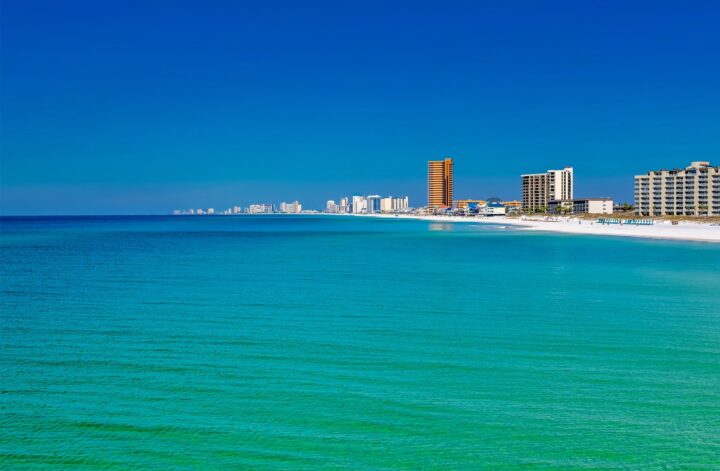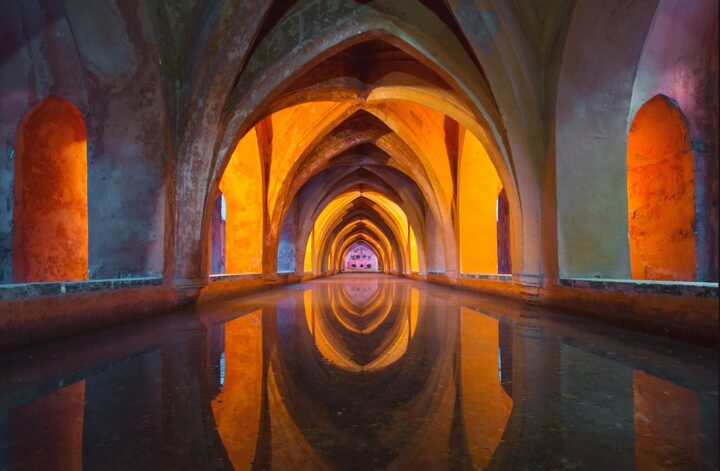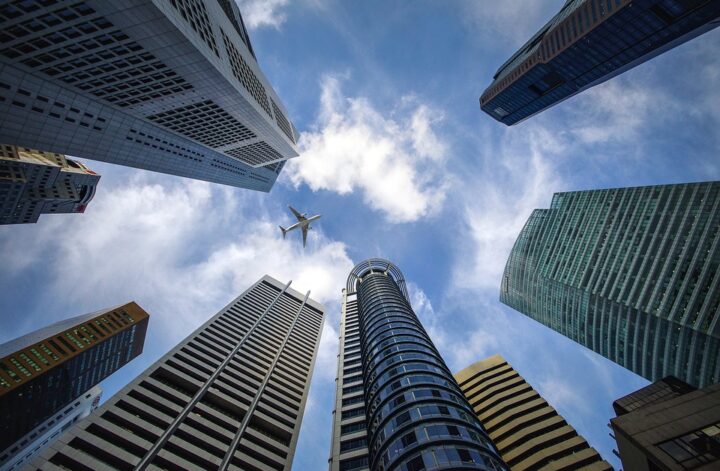Panama City, Florida, often overshadowed by its beach-front counterpart, Panama City Beach, has its own unique story of resilience and revival. Nestled on the Gulf Coast of the United States, this city has undergone a remarkable transformation, particularly in the wake of Hurricane Michael in 2018. This article delves into the regrowth and development of Panama City, exploring its cultural, economic, and environmental aspects.
Historical Significance
Panama City’s history is rich and diverse. Originally an industrial and fishing hub, the city has long been the quieter neighbor to the bustling tourist destinations nearby. Its historic districts, such as the St. Andrews area, offer a glimpse into the past with their charming architecture and locally-owned businesses.
Post-Hurricane Resilience
The true test of Panama City’s spirit came with Hurricane Michael. The category 5 storm devastated large parts of the city, but what followed was a remarkable period of rebuilding and community solidarity. Efforts focused not just on restoration but on improvement, with new infrastructure and building codes designed to withstand future storms.
Economic Revival
The economic landscape of Panama City has seen significant changes. Post-hurricane, there has been a push towards diversifying the local economy. Technology, healthcare, and education sectors are expanding, reducing the city’s historical reliance on tourism and fishing. This diversification is attracting new businesses and residents, changing the city’s demographic and economic outlook.
Cultural Renaissance
Panama City’s cultural scene is flourishing. New galleries, music venues, and theaters have emerged, alongside a growing number of festivals and events. These developments are not only boosting local morale but are also drawing in visitors looking for an authentic Floridian experience away from the typical beach resorts.
Environmental Initiatives
In the wake of the hurricane, Panama City has embraced environmental sustainability. Projects focusing on coastal restoration, green building practices, and renewable energy are at the forefront. These initiatives are not only making the city more resilient to climate change but also enhancing its natural beauty, from its waterfront parks to its urban green spaces.
Future Outlook
The future of Panama City looks promising. With a focus on sustainable growth, cultural development, and economic diversification, the city is poised to become a model of resilience and renewal. It stands as a testament to the power of community and the enduring spirit of a city determined to thrive against the odds.
Conclusion
Panama City, Florida, is a city reborn. From the ashes of natural disaster, it has emerged stronger, more diverse, and more vibrant. It serves as a reminder of the resilience of human communities and the endless possibilities that come with renewal and change.



